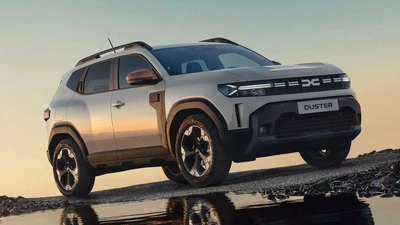New Renault Triber VS Maruti Suzuki Ertiga: Battle Of The Budget Family Haulers
The newly revamped Triber is here with new looks and a snazzy interior design but taking on its nearest rival is still a challenge it needs to live upto
By Salil Kumar
Published July 30, 2025

Table of Contents
- Interior Design
- Exterior Design
- Powertrains
- Fuel Economy
- Space and Practicality
- Verdict
Renault got the Indian automotive industry talking when they first launched the Triber in 2019. A 7-seater MPV under 4 metres was something previously unseen, and the French carmaker has to be applauded for coming up with the concept, which was ideal for the Indian car market, which thrives on value-for-money products.
Having received a much-needed facelift in July 2025, the Triber has become a lot more desirable and a better value proposition. But has it improved enough to compete against the segment-leading Maruti Ertiga? Read on to find out!
While the Ertiga is a considerably larger and more expensive MPV than the Triber, it is also the Renault’s closest 7-seater competitor. Moreover, the Triber’s top-end Emotion Easy-R AMT and the Ertiga’s entry-level LXi are identical in terms of price, giving buyers a choice between two different segments.
Interior Design

Step inside the Renault Triber, and you’ll be greeted by a cabin that punches above its weight. The dashboard layout is simple yet functional, with neatly integrated digital instrumentation and an 8-inch touchscreen infotainment system taking centre stage. Despite its sub-4 metre length, Renault has managed to squeeze in three rows of seating with modularity being its biggest strength. The last row can be removed entirely to create additional luggage space.
In contrast, the Maruti Ertiga’s interior feels a touch more premium, with a layered dashboard, wood-finish inserts, and a 7-inch SmartPlay Studio touchscreen that’s now familiar across Maruti’s lineup. There’s more space to breathe, better seat cushioning, and an overall sense of roominess that comes with being the larger car. While the Triber offers surprising cleverness for its size, the Ertiga feels more mature and refined inside.
Exterior Design

The facelifted Triber sports a sharper, more confident face. It now gets LED DRLs, a redesigned grille, and stylish new wheel caps, which one could easily mistake to be alloy. These changes bring the Triber in line with Renault’s modern design language. The upright stance and SUV-like cues continue to give it road presence despite its compact footprint.
The Ertiga, on the other hand, leans towards a more traditional MPV look. It doesn’t try hard to be flashy, but its chrome-lined grille, 15-inch alloy wheels, well-proportioned silhouette, and updated LED tail lamps give it a clean and contemporary aesthetic. It looks every bit the family hauler that it’s meant to be, while the Triber is more of a youthful, city-friendly alternative.
Engines
The Renault Triber is powered by a 1.0-litre naturally aspirated petrol engine producing 72 PS and 96 Nm of torque, mated to either a 5-speed manual or a 5-speed AMT. While adequate for city duties, it does feel strained with a full load of passengers, especially on inclines or highways.
The Ertiga is powered by the robust, tried and tested 1.5-litre petrol engine equipped with mild-hybrid tech, churning out 103 PS and 137 Nm of torque. Transmission options include a 5-speed manual and a 6-speed torque converter automatic unit. The Ertiga comes with a CNG variant as well, making it more versatile and performance-friendly of the two.
Fuel Economy
While ARAI figures suggest 20 km/l and 18.2 km/l for the Triber petrol manual and automatic, respectively, expect real-world figures to range from 13-15 km/l in the city, and 16-18 km/l on the highway. The Ertiga petrol returns a marginally better real-world mileage of 17-19 km/l in the manual and 16-18 km/l in the automatic, while CNG variants return a mileage of around 22-23.5 km/kg.
Want to know the long-term running costs of these MPVs? Check out our Fuel Cost Calculator to find out!
Space and Practicality

The Ertiga truly justifies its higher price tag when it comes to the space on offer. Its second row offers ample legroom and shoulder space, and even the third row is usable for adults over short to medium distances, which is a rarity in this segment. Boot space with all three rows up is respectable at 209 litres, and folding down the last row unlocks a lot more cargo room.
The Triber, while compact, uses space smartly with its sliding and foldable second row, removable third row, and multiple storage compartments, making it one of the most versatile MPVs in its category. However, the third row is best suited for kids or occasional use, and with all seats in place, luggage capacity is minimal at 84 litres.
Verdict
Choosing between the Renault Triber and the Maruti Ertiga ultimately comes down to your priorities and usage. If you’re on a tight budget but still need the flexibility of a 7-seater, the Triber is a clever and commendable package. It offers great modularity, urban-friendly dimensions, and a feature set that now feels more complete after the facelift. It’s a practical solution for city families who want more seats without stretching their budget.
If you can afford to spend more, the Maruti Ertiga delivers better performance, a more spacious and comfortable cabin, and added versatility with the CNG option. It feels like a more complete MPV that’s built to take on both city duties and long-distance family road trips with ease. Maruti’s extensive service network
To conclude, the Triber is your pick for good value and smart packaging, while the Ertiga is the better choice if you’re looking for space, comfort, long-term reliability, and if you can stretch your budget for it.
Image Source- Renault/Maruti (Edited)
Write a comment
Comments
No comments yet. Be the first to comment!
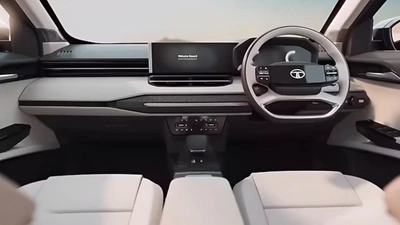
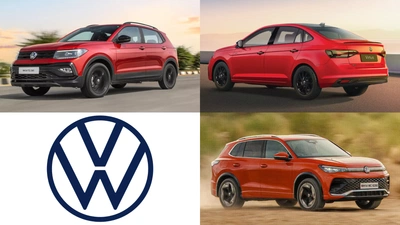

![Navi Mumbai Gears Up for Maharashtra’s First FIA Grade Street Race[Postponed]](https://cdn.carhp.in/news/7a8e2e35-1a51-46fd-aade-5755b1216e28.png?format=webp&width=400&q=75)

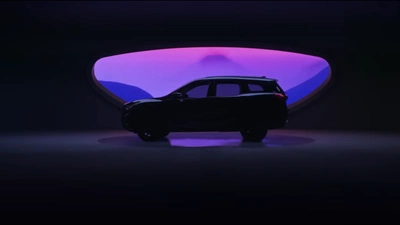
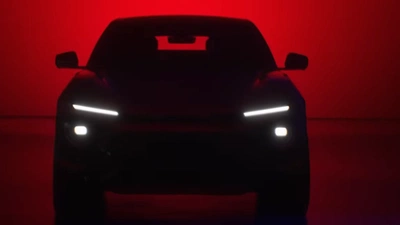
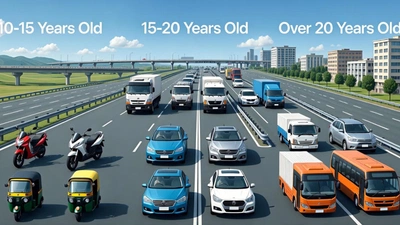
![Top 10 Features The Upcoming Mahindra XEV 9S Will Have [updated]](https://cdn.carhp.in/news/fc71b37b-3118-4327-9372-ca626c0f4f11.png?format=webp&width=400&q=75)
